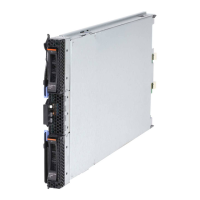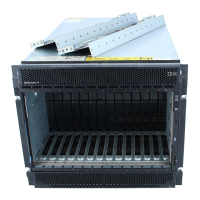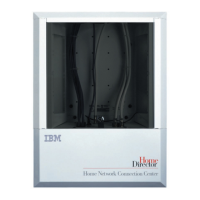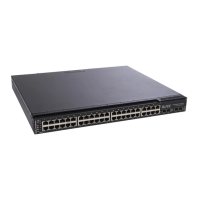Dynamic address allocation enables a client to be assigned an IP address from a
pool of free addresses. Each address is assigned with a lease and a lease
expiration period. The client must renew the lease to continue using the assigned
address. Dynamically assigned addresses can be returned to the free address pool
if the computer is not being used, if it is moved to another subnet, or if its lease
expires. Usually, network policy ensures that the same IP address is assigned to a
client each time and that addresses returned to the free address pool are
reassigned.
When the address lease expires, the DHCP client enters the renewing state. The
client sends a request message to the DHCP server that provided the address. The
DHCP server sends an acknowledgement that contains the new lease and
configuration parameters. The client then updates its configuration values and
returns to the bound state.
When the DHCP client is in the renewing state, it must release its address
immediately in the rare event that the DHCP server sends a negative
acknowledgment. The DHCP server sends this message to inform a client that it
has incorrect configuration information, forcing it to release its current address and
acquire new information.
If the DHCP client cannot successfully renew its lease, the client enters a rebinding
state. The client then sends a request message to all DHCP servers in its range,
attempting to renew its lease. Any DHCP server that can extend the lease sends an
acknowledgment containing the extended lease and updated configuration
information. If the lease expires or if a DHCP server responds with a negative
acknowledgment, the client must release its current configuration and then return to
the initializing state.
If the DHCP client uses more than one network adapter to connect to multiple
networks, this protocol is followed for each adapter that you want to configure for
TCP/IP. Multi-homed systems are selectively configured for any combination of
system interfaces.
When a DHCP-enabled computer is restarted, it sends a message to the DHCP
server with its current configuration information. The DHCP server either confirms
this configuration or sends a negative reply so that the client must begin the
initializing state again. System startup might, therefore, result in a new IP address
for a client computer, but neither the user nor the network administrator has to take
any action in the configuration process.
Before loading TCP/IP with an address acquired from the DHCP server, DHCP
clients check for an IP address conflict by sending an Address Resolution Protocol
(ARP) request containing the address. If a conflict is found, TCP/IP does not start,
and the user receives an error message. The conflicting address should be
removed for the list of active leases, or it should be excluded until the conflict is
identified and resolved.
30 IBM BladeCenter 4-Port Gb Ethernet Switch Module: Installation and User’s Guide
